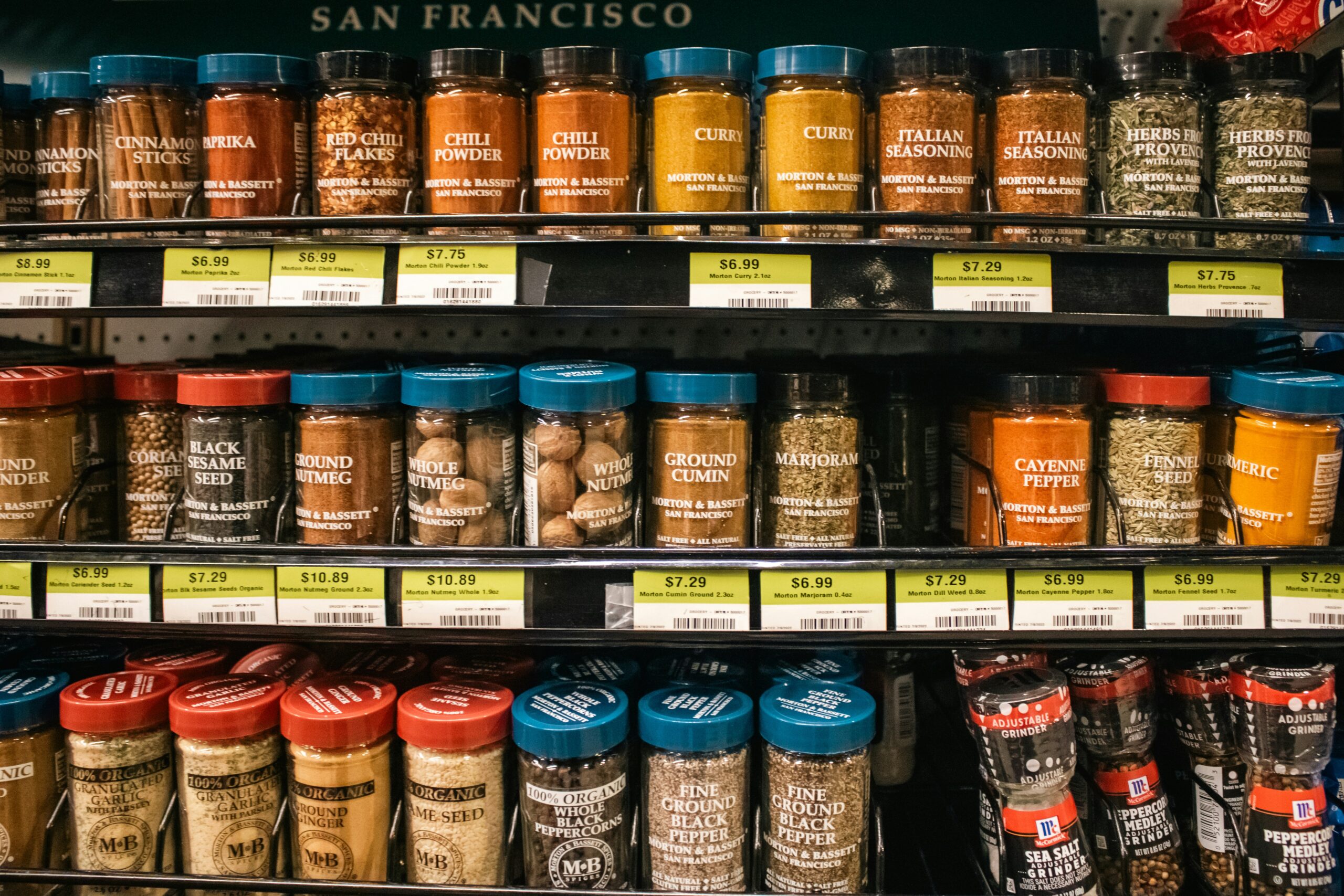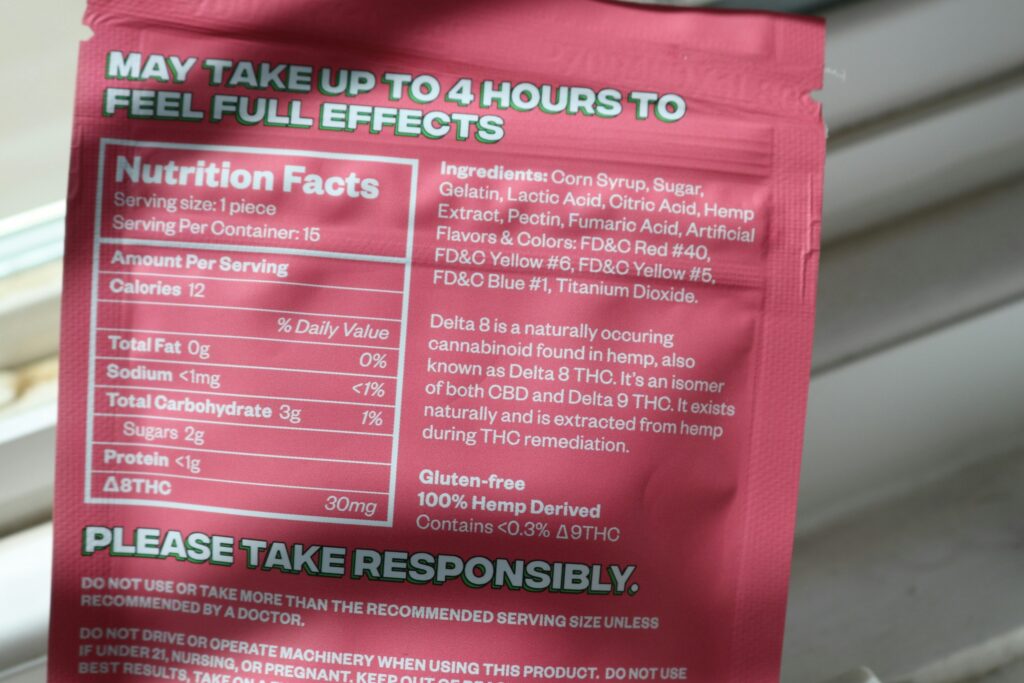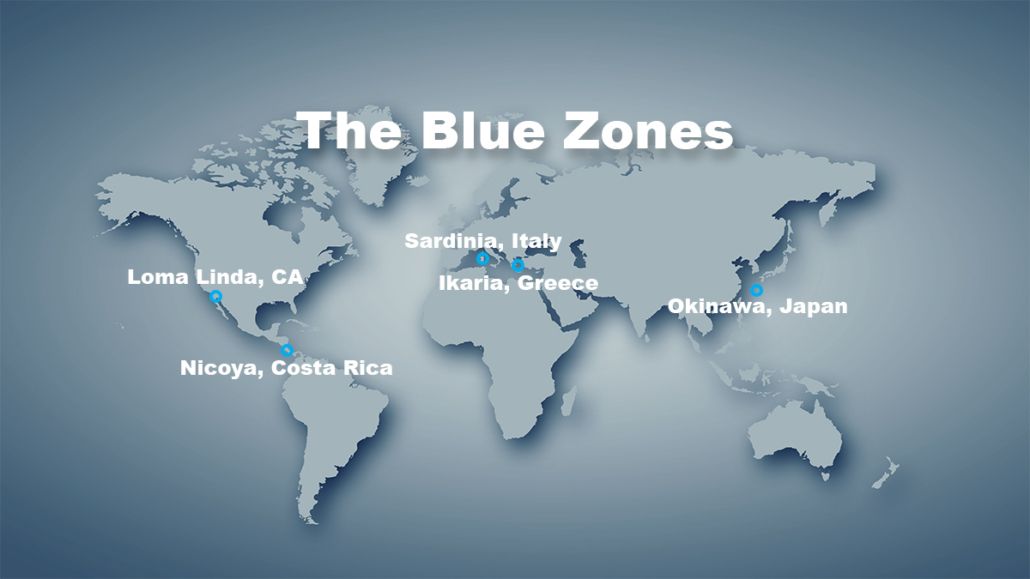Learn how to read nutrition labels effectively to make smarter food choices. Decode calories, ingredients, and daily values for a healthier, well-informed diet.
Nutrition Labels – Importance
In today’s fast-paced world, where packaged and processed foods dominate our diets, understanding nutrition labels is crucial. These nutrition labels provide essential information to help you make healthier food choices, a necessity given the complexity and variety of food products available.
The Evolution of Nutrition Labels
Historical Context:
- The concept of a Nutrition labels was formalized in the 1970s, but it wasn’t until the 1990s that displaying nutritional information on packages became mandatory.
- Over time, these Nutrition labels have evolved to meet changing consumer needs and scientific understanding, with significant updates implemented by the FDA in 2021 to enhance clarity and relevance.
Key Updates to the Nutrition Labels
Major Changes:
- Calorie Display: Calorie count is now displayed in larger, bolder text to catch the eye.
- Serving Sizes: Updated to reflect what people actually eat, making it easier to understand how many calories and nutrients you consume.
- Added Sugars: New labeling differentiates between natural sugars and added sugars, helping you avoid excess sugar intake.
- Nutrients Display: Mandatory inclusion of vitamin D and potassium reflects current health concerns, with less emphasis on vitamins A and C.
How to Read a Nutrition Label
Step-by-Step Guide:
- Serving Size and Servings Per Container: Check these first to understand the portion information related to the nutritional values.
- Calories: Provides a measure of how much energy you get from a serving.
- Macronutrients: Look at the total fats, carbohydrates, and proteins, which are critical for assessing nutritional quality.
- Percent Daily Values (%DV): These figures help gauge how much a nutrient in a serving contributes to a daily diet.
Practical Tips for Making Healthier Food Choices
- Understand Daily Values: Use %DV to identify foods high in beneficial nutrients and low in ones you need to limit.
- Compare Products: Use nutrition labels to compare food items and choose healthier options.
- Watch for Allergens: If you have allergies, always check the ingredients list for potential allergens.
Nutrition Fact Labels and Chronic Conditions
- Customize Your Diet: Use labels to manage dietary needs specific to conditions like diabetes, heart disease, or allergies.
- Consult Health Professionals: Work with dietitians or doctors to interpret how label information applies to your health needs.
Empowerment Through Information
Nutrition labels are more than just numbers; they are a tool for making informed dietary decisions that can significantly impact your health and quality of life. By understanding and utilizing this information, you can tailor your food choices to better meet your nutritional needs.

















